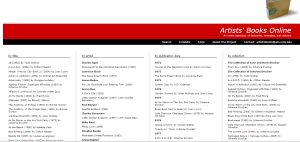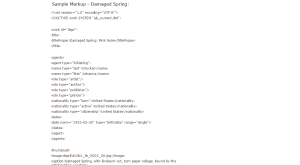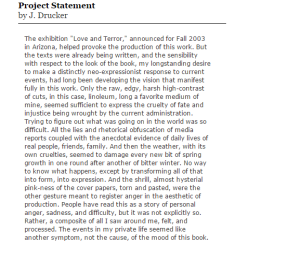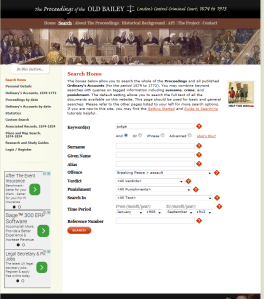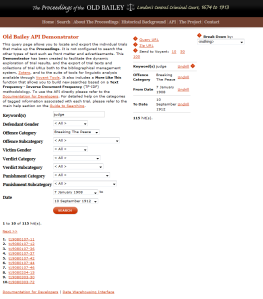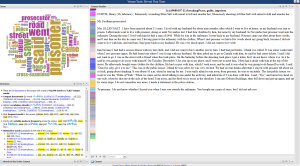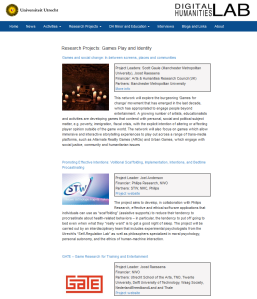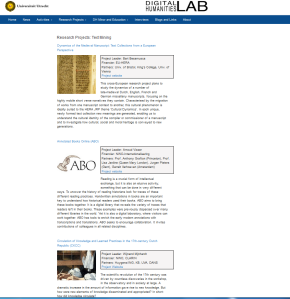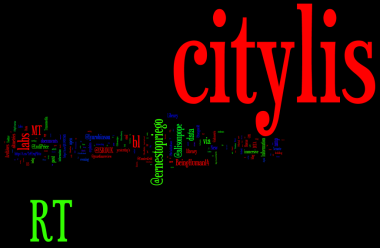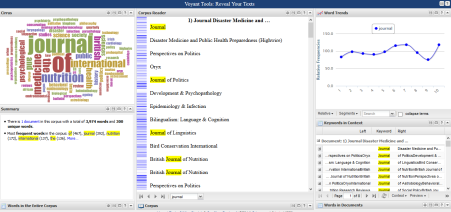In session 5 in Library and Publishing in an information society, our focus was that of scholarly publishing. What is it? What are the challenges and opportunities of scholarly publishing it this modern society?
In the Academic journal: The Serials Librarian: From the Printed Page to the Digital Age, Publishing 101: The Basics of Academic Publishing. Zachary Rolnik et al. 2008 gave a brief history of publishing from print to the digital age.
“He pointed out that the first scientific journal published in English in 1665, Philosophical Transactions of the Royal Society, is still in print. In his survey, Rolnik mentioned the importance of the Uniform Penny Post in the initial widespread distribution of journals and compared the importance of the post to the importance of Internet distribution in our era. The Uniform Penny Post, established in England in 1840, charged a flat rate of one penny for mailed items within a certain weight class regardless of distance. Prior to the Penny Post, rates were based on distance. The ultimate benefit of the Uniform Penny Post in 1840—and the Internet approximately 150 years later—is increased access to scholarly communications and publications”.
In the 21st century, academic publishing is making a radical shift as it transitions from primarily print to electronic formats. Librarians can take a prominent role in communicating important (STM) science, technical and medical, publishing trends to their user groups and to fellow academic administrations . Clearly, a first step is to stay current with these trends. The entire publishing cycle has been destabilized by the ability to publish instantly and freely using web 2.0 tools, especially blogs and wikis. But the what really does scholarly publishing consist of? Well, journals, research monographs, advanced text books and specialist reference resources that are produced by academics are considered as scholarly publishing.
How are they accepted as scholarly publications? When people produce documents, they produce them based on other scholarly articles in which people have produced and passed through the system. This system is where documents are peer reviewed by academics, and are pre accepted or rejected.
Take for instance the publication of an academic journal and the channels and steps in which it has to go through as explained by Rolnik:
- identify topic;
- find an Editor-in-Chief;
- form an editorial board;
- implement manuscript submissions/review process;
- get the publication listed in abstracting and indexing services;
- wait 5–7 years for the journal to break even.
As a result about 25,000 academic journals are in existence today with that number growing at about 3% yearly. There are also over 25,000 academic books being produced each year and about 6% of those being produced by UK publishers.
One Question still remains. What is the future of academic publishing? Well, with publishers seeking new innovations in this modern society, and open access becoming more prominent among publishers, giving them the ability to sell their story. Also the use of text and data mining, and the development of more tools to help people where ever they are in the world, seems to be the out look of what seems to be a more revolutionized and interesting scope on Academic Publishing.

